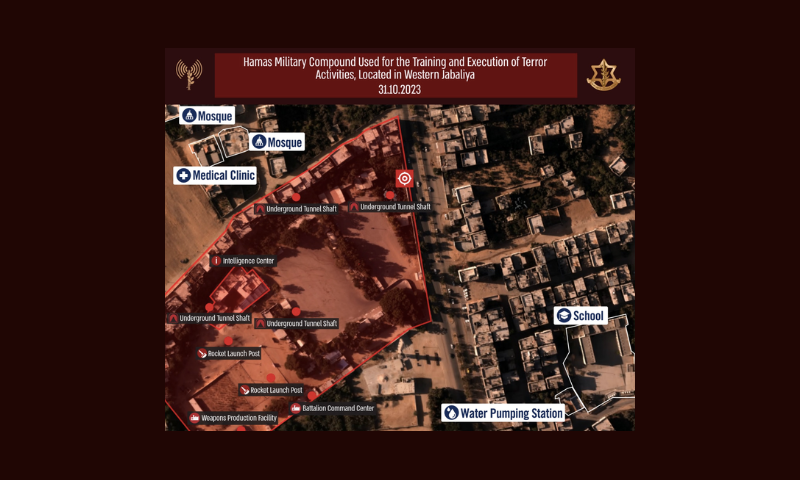Dr. Dan Dyker
Jerusalem Center for Public Policy, Aug. 8, 2024
“These methods of misinformation are part of a trend of mobilizing and exploiting advanced “perception warfare” alongside Iranian-backed Hizbullah and Hamas terrorism, which has intensified since the October 7, 2023, attack on Israel.”
Hamas’s cognitive war against Israel since its October 7 invasion has been a critical weapon in its arsenal. Hamas has gained global sympathy for its fabricated accusations: Israel starves Gazans, refuses to send in humanitarian aid, targets civilians with malice of forethought, and fires on tent cities, hospitals, mosques, and residential buildings. While all of these charges have been refuted, including the Hamas Ministry of Health casualty numbers, this perception warfare leaves a long-lasting impression on the international public. A global spike in antisemitism across North America and Europe, Nazi conspiracy themes on social networks, and widespread protests casting Jews and Israelis as murderers and racist war criminals have proven themselves as effective weapons in engineering public reception.
Hizbullah’s deadly rocket attack on the Druze town of Majdal Shams in the Golan Heights on July 27, 2024, which killed 12 children and injured scores of others on a soccer pitch, triggered a firestorm of media coverage, is a case in point. Both the IDF and the U.S. government confirmed that the Iranian-made Falaq-1 rocket was fired from the Lebanese town of Chebaa by Iran-backed Hizbullah, designated as a terrorist organization by Israel, the United States, and most Arab Gulf States.
However, some Arabic-language news outlets and social media influencers blamed the bombing on Israel. Al-Araby reporter Christine Rinawi was one of many Arab media personnel who platformed the fabricated narrative alleging an Israeli Iron Dome misfired.… [To read the full article, click here]


